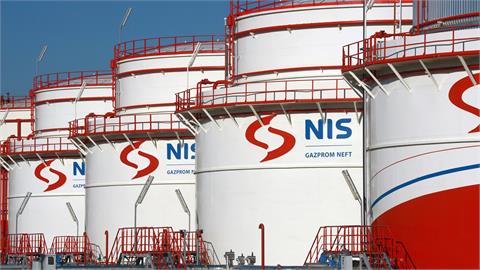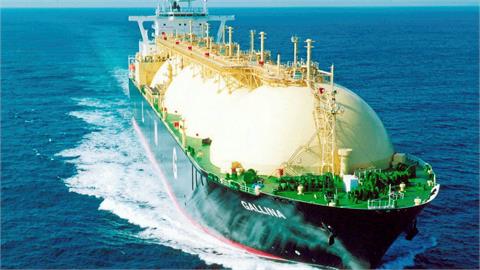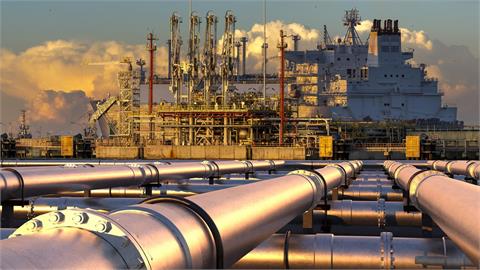The transactions, including the transfer of personnel and ownership of assets, are expected to be completed by 30 September. PipeChina is scheduled to start operations on the same date.
State-controlled PetroChina will transfer all 20 of its units that own oil and gas pipelines, which are valued at Yn268.7bn. These include the major 77bn m³/yr West-to-East pipeline network and the Chinese portion of the 38bn m³/yr Power of Siberia 1 gas pipeline from Russia.
In return, PetroChina will receive a 29.9pc stake in PipeChina, worth Yn149.5bn, plus a cash payment of Yn119.2bn. PetroChina will remain China's largest natural gas supplier following the spin-off of its pipeline assets.
Fellow state-run firm Sinopec will sell all of its natural gas and crude/fuel pipeline units to PipeChina for Yn122.7bn. It will receive a 14pc stake in the new firm and Yn52.7bn in cash in return. The sale includes Sinopec's 15bn m³/yr Sichuan-Shanghai and 30bn m³/yr Xinjiang-Guangdong natural gas pipelines, as well as its 6mn t/yr Beihai LNG terminal in Guangxi province.
Sinopec, like PetroChina, intends to focus more on upstream development, downstream gas sales and new opportunities following the spin-off of its assets.
The asset transfers effectively break up the dominance enjoyed by Sinopec, PetroChina and fellow state-owned firm CNOOC over oil and gas upstream and midstream infrastructure, including pipelines and distribution.
The agreements leave PetroChina and Sinopec as the two largest shareholders in PipeChina. The country's third major state-controlled energy firm, CNOOC, will own just 2.9pc of the new company.
CNOOC is the only major firm yet to announce an asset sale to PipeChina. It agreed to an asset management transfer with PipeChina in April but has not revealed details of the transaction.
LNG terminal transfers
Several of CNOOC's LNG receiving terminals are expected to be transferred to PipeChina. These include the 2.2mn t/yr Tianjin floating storage and regasification unit, the 2mn t/yr Yuedong and, 4mn t/yr Diefu terminals in Guangdong, the 600,000 t/yr Fangchenggang terminal in Guangxi and the 3mn t/yr Yangpu terminal in Hainan. Two of CNOOC's under-development terminals, the 3mn t/yr Zhangzhou project in Fujian and the 5mn t/yr Longkou facility in Shandong, will also be transferred to PipeChina after the first phase of construction is completed.
The 3mn t/yr Dalian terminal in Liaoning and the under-construction 4mn t/yr Diefu terminal are also expected to be transferred to PipeChina. These assets are owned by PetroChina subsidiary Kunlun Energy and are not included in today's deal, with Kunlun still in talks with PipeChina on the asset transfer.
Kunlun also owns four Shaanxi-Beijing gas pipelines with a combined capacity of 60bn m³/yr, which are also expected to come under PipeChina's ownership.
The other shareholders in PipeChina are investment firms China Chengtong Holdings and China Reform Holdings, each with 12.87pc stakes; the national social security fund with 10pc; China Insurance Investment with 9pc; regulatory watchdog the State-owned Assets Supervision and Administration Commission (Sasac) with 4.46pc; and sovereign wealth funds CIC International and the Silk Road Fund with 2pc each. All are state-owned.
PipeChina's diversified shareholding structure is an attempt to foster greater market competition and boost access to import and distribution facilities. Third-party access to terminals and pipelines has previously been restricted, or unavailable, to independent Chinese firms, including second-tier firms in the city gas and power sectors.
PipeChina was established in December 2019 as part of broader reform of China's domestic oil and gas industry, to create greater transparency, liquidity and competitiveness by liberalising the transmission system.
(www.argusmedia.com, 24 July 2020)



